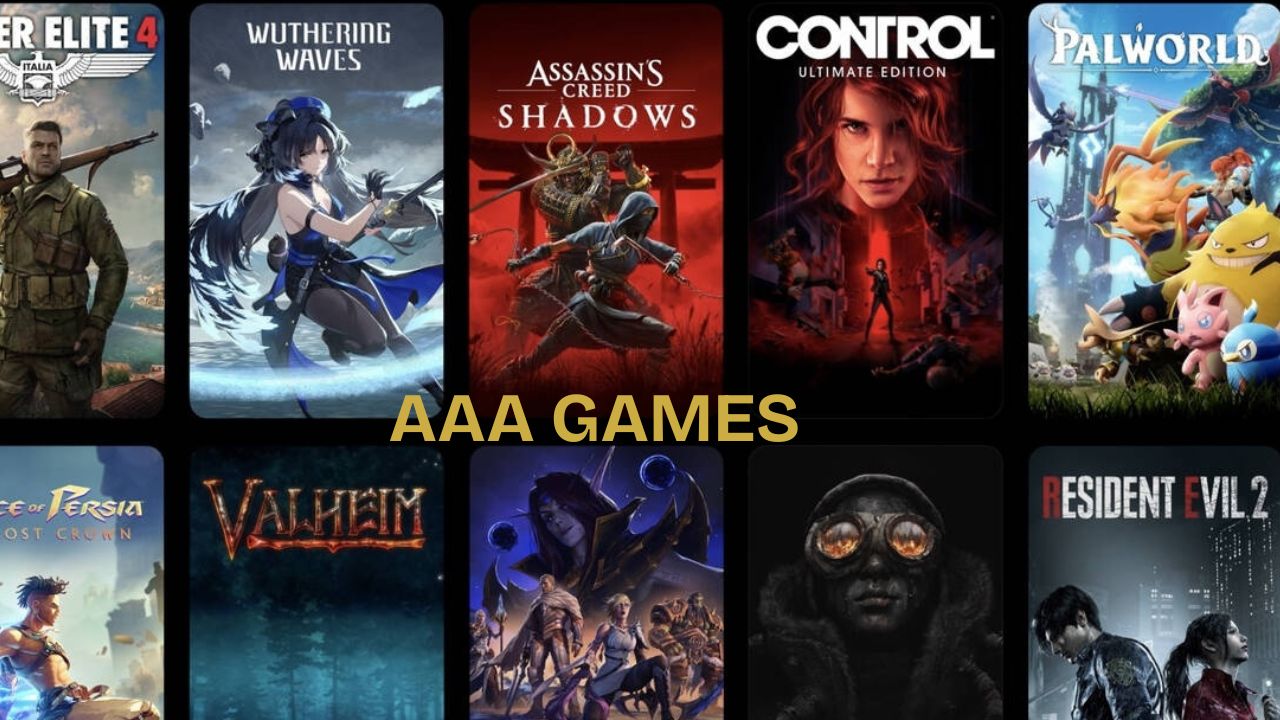The price of AAA video games has jumped from $60 to $70 in recent years, leaving many gamers wondering why their favorite titles keep getting more expensive. Modern AAA games now cost between $60 million and $300 million to develop, which is a huge increase from games made just a decade ago. These rising costs come from bigger teams, longer development times, and the push to create more detailed worlds that meet player expectations.
AAA game prices have gone up because development costs keep rising, but prices may stabilize as companies find new ways to make money and improve their development processes. Game studios now spend 5 or more years creating a single title, hiring hundreds of developers, artists, and voice actors. The technology needed to make games look amazing on modern consoles also costs more than ever before.
Many players feel frustrated paying more money for games that still have bugs and problems at launch. The question remains whether game companies will find ways to bring costs down or if players will have to accept higher prices as the new normal. Understanding why games cost so much to make can help players decide when and how to buy their next favorite title.
Why Have AAA Games Become So Expensive?
AAA games now cost between $50 million to $300 million to make. Game studios need bigger teams and better graphics to compete with each other.
Rising Development Costs and Team Sizes
Modern AAA games need huge teams to create them. Studios now hire hundreds or even thousands of workers from around the world. These teams include artists, programmers, writers, and testers.
Big games like Grand Theft Auto V and Call of Duty easily cost over $100 million to make. The teams working on these games are much larger than they were 10 years ago.
Game companies spend years making a single game. Some projects take 5 to 7 years to finish. During this time, studios must pay all their workers regular salaries.
Marketing costs also add millions to the final price. Studios spend almost as much money advertising games as they do making them. This helps explain why game prices keep going up.
Advanced Technology and Graphics Demands
Game companies compete to make the best looking games. Each new game must have better graphics than the last one. Players expect games to look amazing on their TVs and computers.
New gaming systems like PlayStation 5 and Xbox Series X can show incredible detail. Games need to use this power, which means more work for artists and programmers.
Studios spend extra money on:
- Better character models with realistic faces
- Larger game worlds that players can explore
- Advanced lighting effects that make scenes look real
- High-quality sound design and voice acting
Creating these features takes specialized skills and expensive software. Studios must hire experts who know how to use the latest technology.
Inflation and Global Economic Factors
The cost of everything has gone up over the past few years. This includes the salaries that game studios pay their workers. Skilled programmers and artists now cost more money to hire.
Office rent, computer equipment, and software licenses all cost more than before. Studios in expensive cities like San Francisco or New York pay extra for workspace.
The global video game market is now worth about $300 billion. As the industry grows bigger, competition gets tougher. Studios feel pressure to spend more money to make games that stand out.
Currency changes between countries also affect costs. Many studios work with teams in different nations, which can make budgets harder to predict.
Will AAA Game Prices Ever Come Down?
AAA game prices face pressure from digital sales that cut costs, subscription services offering value, and smaller studios creating quality games at lower prices. Revenue from add-ons and extra content could help offset high development costs.
How Will Digital Sales and Game Subscriptions Affect Prices?
Digital distribution has already changed how people buy games. Publishers save money by not making physical copies or shipping to stores. These savings can lead to lower prices over time.
Game subscription services like Xbox Game Pass and PlayStation Plus offer hundreds of games for a monthly fee. Players get access to expensive AAA titles without paying $70 upfront.
These services put pressure on traditional game pricing. When players can access new releases through subscriptions, fewer people buy games at full price. Publishers might need to lower prices faster to compete.
Steam sales and other digital promotions show how quickly game prices can drop. Many AAA games go on sale for 50% off within six months of release. This trend could continue as digital sales grow.
Cloud gaming services also affect pricing. Players can stream games without buying them, which changes how much they are willing to pay for ownership.
Can Smaller Studios Force Big Companies to Lower Prices?
Independent game studios create high-quality games with much smaller budgets. Games like Hades and Stardew Valley offer dozens of hours of gameplay for $20 to $30.
These indie games prove that fun experiences don’t always need massive budgets. Players often choose cheaper indie titles over expensive AAA games.
Big studios notice when indie games become popular. They see that players will pick quality over flashy graphics and huge marketing campaigns.
Market competition from smaller studios forces AAA companies to justify their high prices. If a $20 indie game offers more fun than a $70 AAA title, players vote with their wallets.
Some major publishers now create smaller budget games alongside their big releases. This strategy helps them compete at different price points.
The success of indie games shows that lower development costs can work. AAA studios might adopt simpler approaches to reduce expenses and lower prices.
How Do Extra Purchases Change Game Pricing?
Microtransactions and downloadable content (DLC) let publishers make money after the initial sale. This ongoing revenue could help lower base game prices.
Many AAA games now earn more from add-on content than from the original purchase. Fortnite makes billions from cosmetic items while the base game is free.
Publishers might price games lower if they expect strong DLC sales. A $50 base game with $30 in expansions can earn more than a $70 complete game.
Season passes and battle passes create steady income streams. This predictable revenue helps publishers take risks with lower launch prices.
Some games use a “freemium” model where the base experience costs less but premium features cost extra. This approach could become more common for AAA titles.
In-game purchases for cosmetics, characters, or convenience items generate ongoing profits. These sales can subsidize lower upfront costs for players who don’t want extras.



